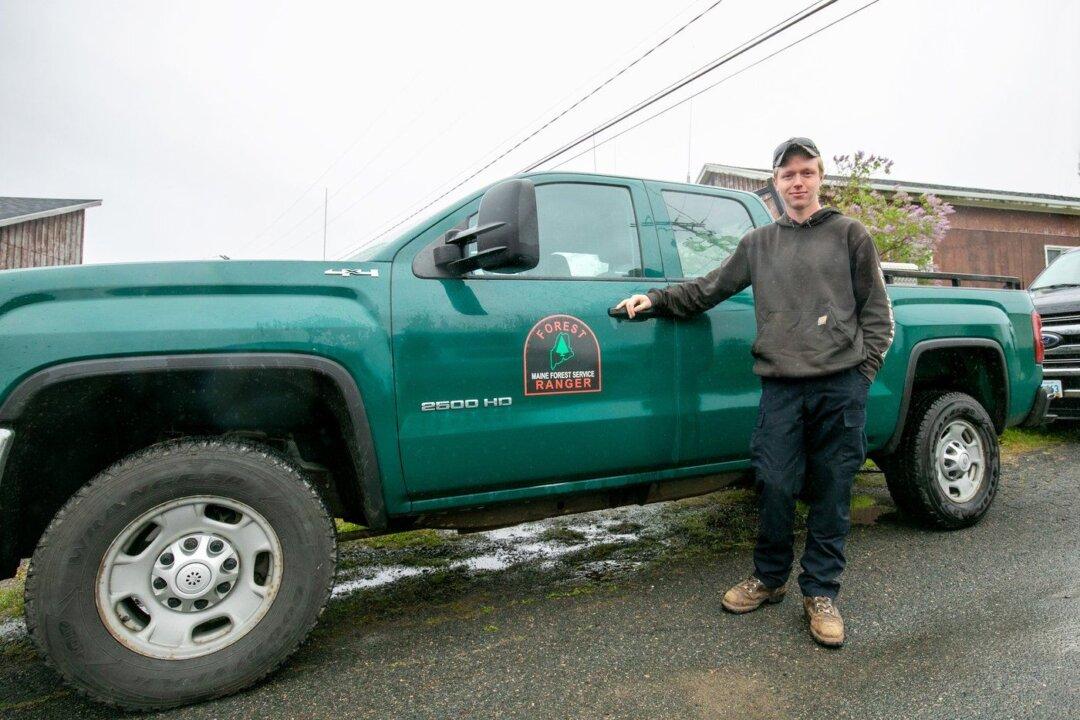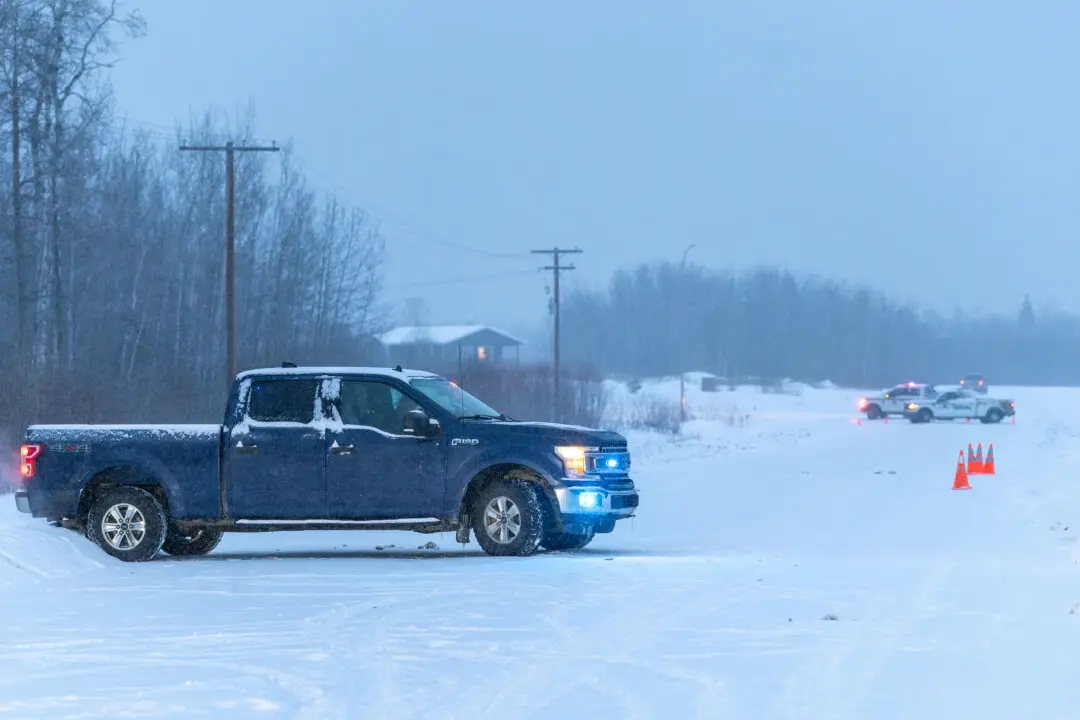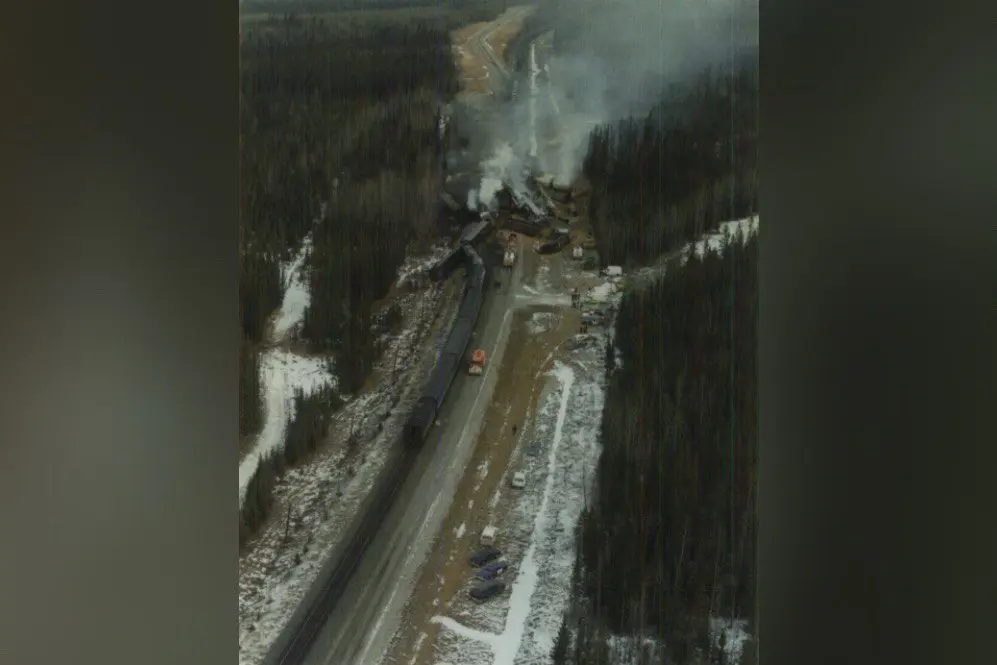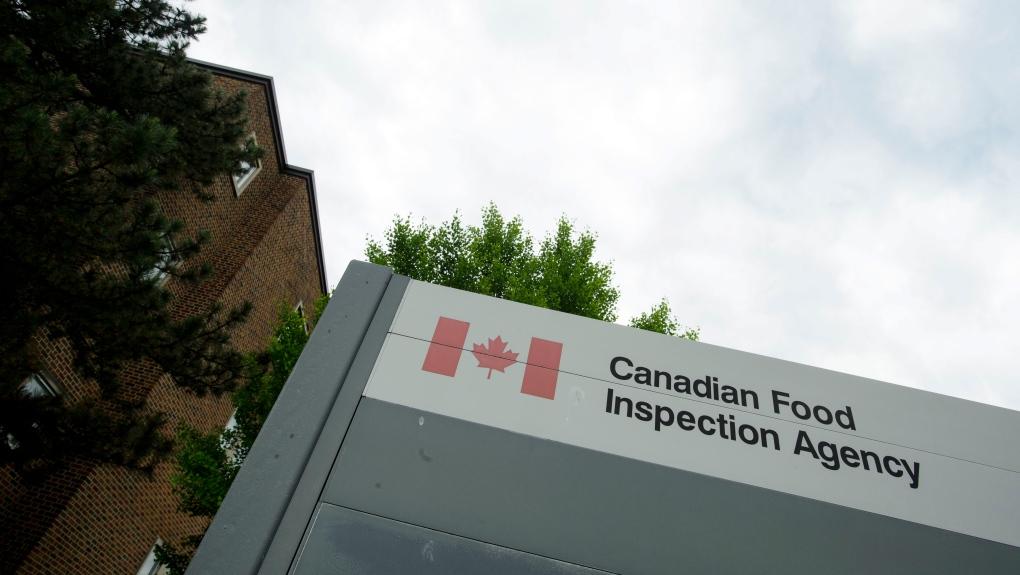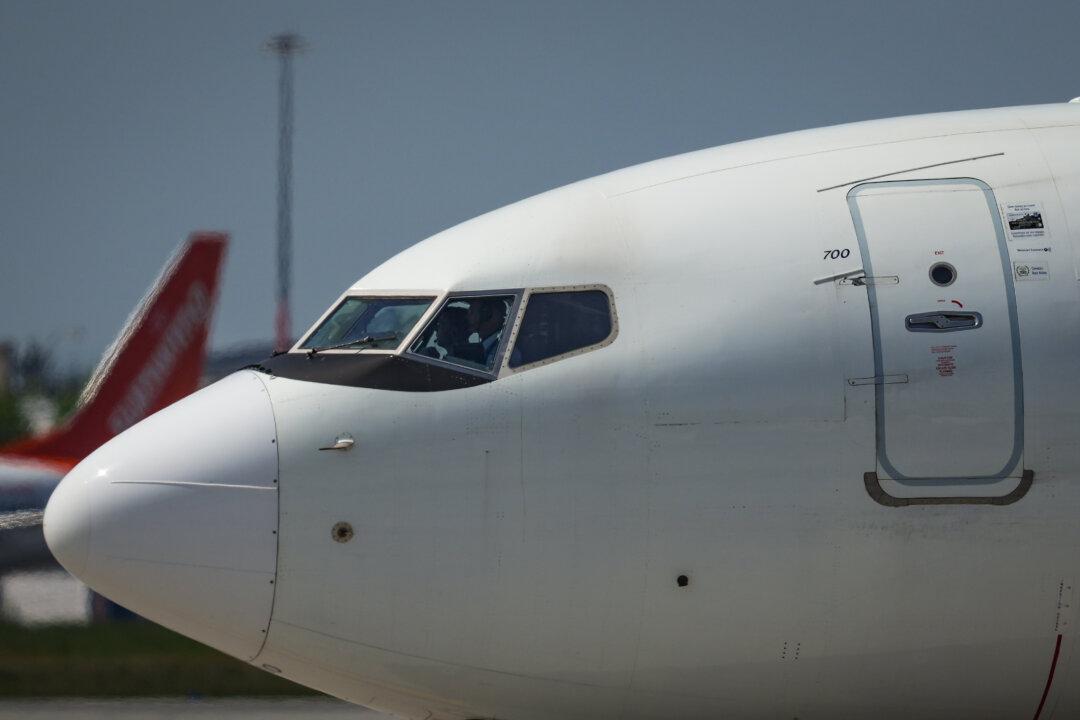Eighteen-year-old Hunter Sousa from Maine celebrated his high school graduation by hopping in a truck and heading to Nova Scotia to fight the biggest forest fire in the province’s history.
Sousa works for the Maine forest service as an on-call firefighter, but had never before fought a fire. The call from his superior came on a Thursday.
